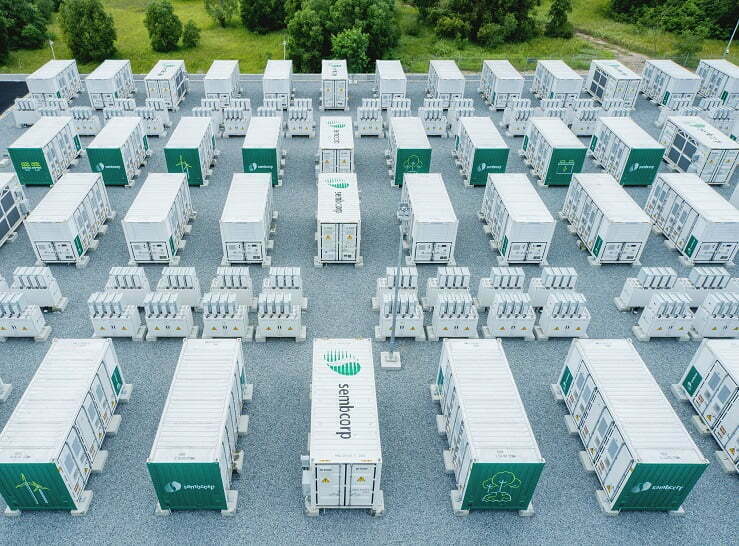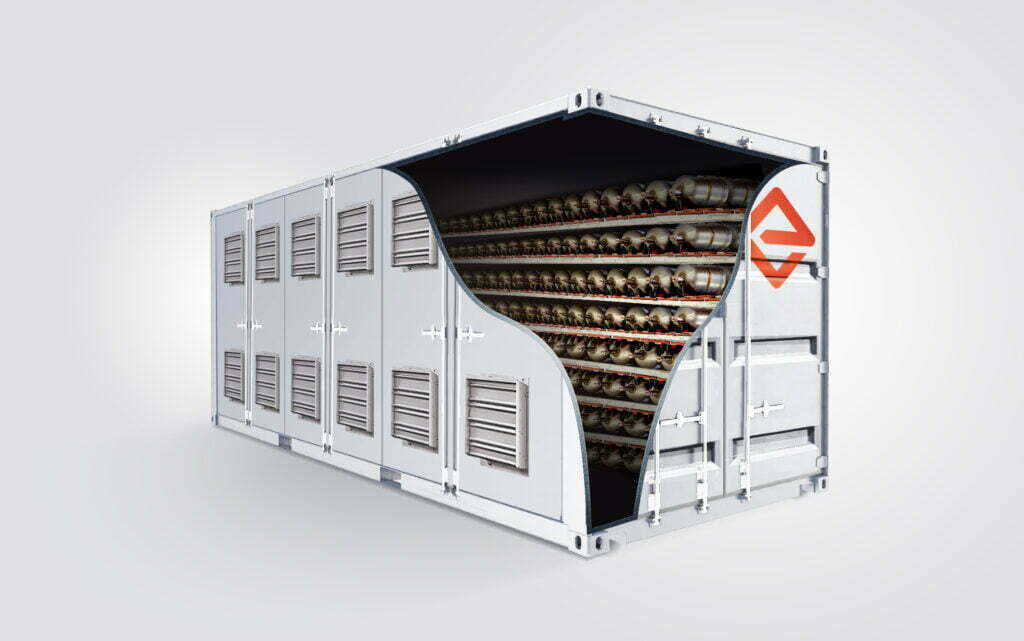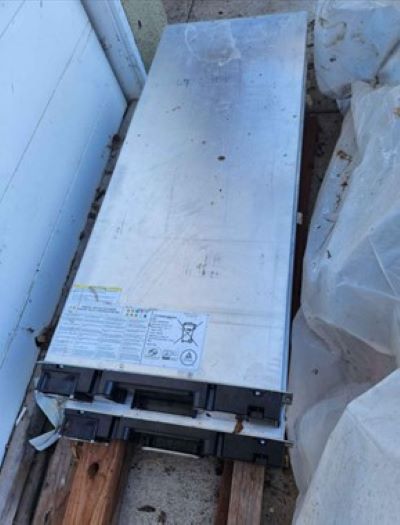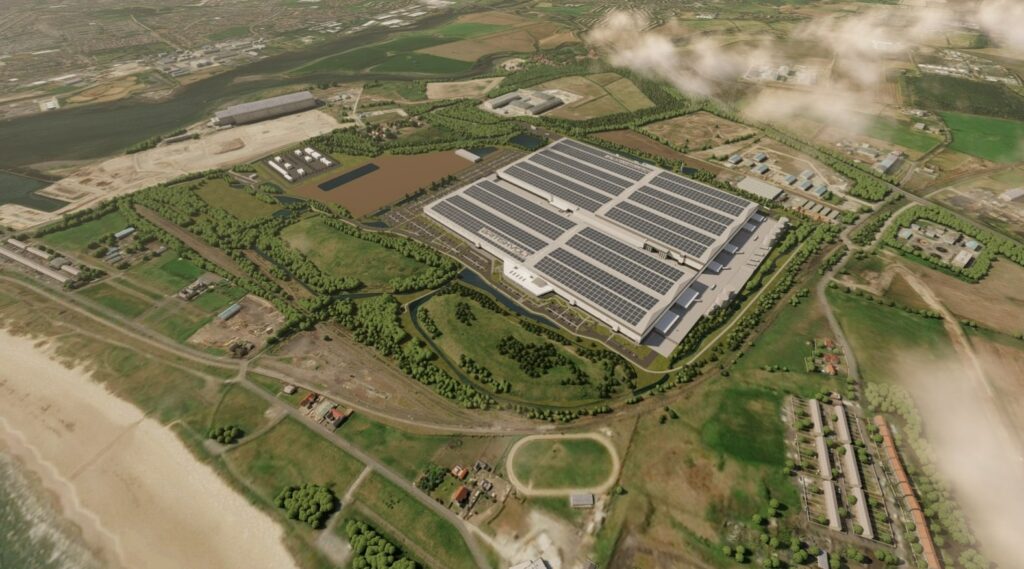Sembcorp’s recently completed 200MW BESS on Singapore’s Jurong Island. Image: Sembcorp.
Singapore’s Sembcorp has pulled the plug on a solar project in Indonesia featuring battery storage, just a few months after completing work on Southeast Asia’s biggest battery storage project.
Sembcorp made an announcement and a filing with the Singapore Stock Exchange (SGX) on Monday (27 March) to the effect that its joint development agreement (JDA) for the large-scale integrated solar PV and battery storage project in the Batam, Bintan and Karimum region of Indonesia has been terminated.
The engineering company had signed the agreement in October 2021 with utility company PT PN Batam and renewable energy developer PT Trisurya Mitra Bersama (Suryagen). The project would have included 1GW of solar PV generation capacity with a battery energy storage system (BESS) of as-yet unspecified output and capacity.
According to Sembcorp the parties mutually agreed to the JDA’s termination, which it claimed will have no material impact on Sembcorp’s earnings per share or net tangible assets per share for the financial year ending 31 December 2023.
No explanation was given for the Indonesia project termination in the company’s brief statement and Sembcorp representatives did not elaborate further when invited to comment by Energy-Storage.news.
Sembcorp did say however that it remained committed to supporting the ASEAN region’s energy transition with reliable energy supply solutions, and “continues to develop, and is engaged in a number of initiatives, to import energy from the region”.
The project would have been among various initiatives to generate power from renewables outside the small city-state nation of Singapore and bring it in. Singapore lacks the land and grid infrastructure to meet its demand with domestically generated renewable energy.
As regular readers of Energy-Storage.news will know, shortly before the end of last year Sembcorp brought online a 200MW/285MWh BESS project on Singapore’s Jurong Island, holding an official inauguration event a couple of months ago.
Thought to be just the third BESS of over a megawatt installed in the country so far, the system is the largest BESS in Southeast Asia to date and enabled Singapore’s Energy Market Authority – which awarded Sembcorp the project last May – to reach and exceed the national 200MWh energy storage deployment target for 2025 early. In order to meet strict deadlines, the Jurong Island BESS was brought online in just six months, versus the typical 15-18 month lead time.
In an article published late last year in our quarterly journal PV Tech Power (Vol.33), the Southeast Asia region is seeing a great rise in investment and interest in energy storage, despite various challenges remaining such as a lack of regulatory frameworks.
Energy-Storage.news’ publisher Solar Media will host the 1st Energy Storage Summit Asia, 11-12 July 2023 in Singapore. The event will help give clarity on this nascent, yet quickly growing market, bringing together a community of credible independent generators, policymakers, banks, funds, off-takers and technology providers. For more information, go to the website.
Continue reading










